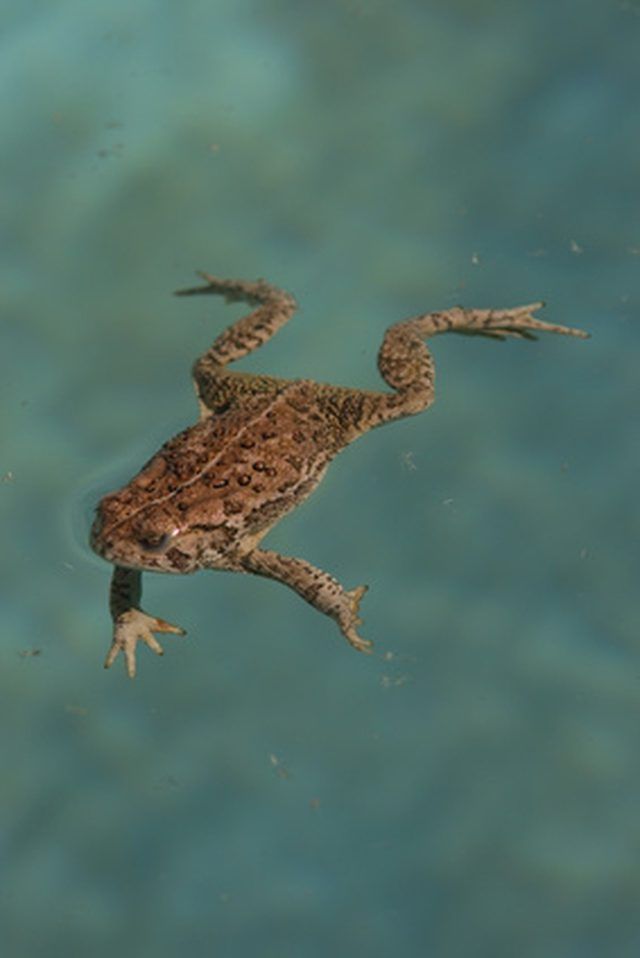Bulbs
Flower Basics
Flower Beds & Specialty Gardens
Flower Garden
Garden Furniture
Garden Gnomes
Garden Seeds
Garden Sheds
Garden Statues
Garden Tools & Supplies
Gardening Basics
Green & Organic
Groundcovers & Vines
Growing Annuals
Growing Basil
Growing Beans
Growing Berries
Growing Blueberries
Growing Cactus
Growing Corn
Growing Cotton
Growing Edibles
Growing Flowers
Growing Garlic
Growing Grapes
Growing Grass
Growing Herbs
Growing Jasmine
Growing Mint
Growing Mushrooms
Orchids
Growing Peanuts
Growing Perennials
Growing Plants
Growing Rosemary
Growing Roses
Growing Strawberries
Growing Sunflowers
Growing Thyme
Growing Tomatoes
Growing Tulips
Growing Vegetables
Herb Basics
Herb Garden
Indoor Growing
Landscaping Basics
Landscaping Patios
Landscaping Plants
Landscaping Shrubs
Landscaping Trees
Landscaping Walks & Pathways
Lawn Basics
Lawn Maintenance
Lawn Mowers
Lawn Ornaments
Lawn Planting
Lawn Tools
Outdoor Growing
Overall Landscape Planning
Pests, Weeds & Problems
Plant Basics
Rock Garden
Rose Garden
Shrubs
Soil
Specialty Gardens
Trees
Vegetable Garden
Yard Maintenance
Getting Rid of Bullfrogs
Getting Rid of Bullfrogs. Loud, invasive bullfrogs can wreak havoc in your backyard pond or lake, and getting rid of them can be a challenge. While frogs in general hold a valuable place in the ecosystem by eating bugs and small pests, too much of a good thing can seem like a plague. Bullfrogs are larger than the average frog, and besides bugs they...

Loud, invasive bullfrogs can wreak havoc in your backyard pond or lake, and getting rid of them can be a challenge. While frogs in general hold a valuable place in the ecosystem by eating bugs and small pests, too much of a good thing can seem like a plague. Bullfrogs are larger than the average frog, and besides bugs they also eat ducklings, kittens and even one another. There is no silver-bullet for reducing your bullfrog population, but there are a few ways to remove and deter frog population growth.
Things You'll Need
Saltwater
Hand pump
Protective netting
Shovel
Fishnet
Empty any containers in your yard that hold water, such as buckets, water fountains or birdbaths. Bullfrogs enjoy socializing, feeding and mating near water. If you have a swimming pool, remove any frog carcasses and cover the pool.
Add soil to low lying areas in your yard that may have held water after a significant rainfall.
Spray frog-infested areas with saltwater. Bullfrogs do not like saltwater. Use saltwater in moderation, as it may adversely affect your plants or grass.
Hang protective netting to keep bullfrogs from entering your yard by attaching the netting to your existing fence line. Dig a 6-inch deep trench at the base of the fence line. The bottom of the net should rest at the bottom of the trench and reach at least 2 feet above the ground. Select ?-inch netting to keep out large frogs, and select a finer screening for smaller frogs.
Wade into your pond or lake and skim out bullfrog tadpoles with nets. Do this many times over an extended period because tadpoles can take up to two years to become frogs. Wear wading boots to protect your feet from snakes.